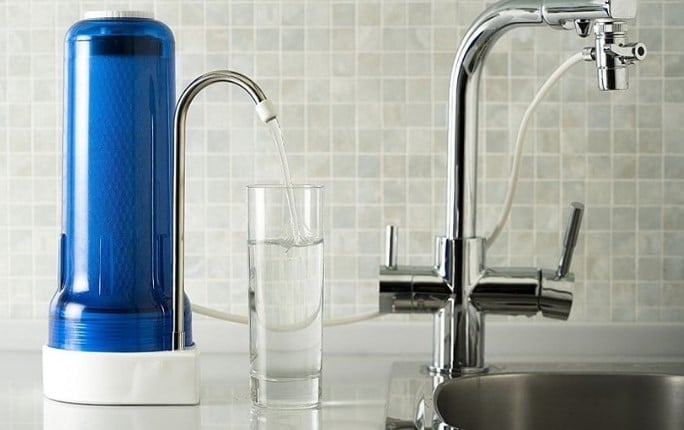Topic Content:
- Water Purification
- filtration, boiling, adding chemicals
- Evaluation Questions
Water (rainwater, streams, etc.) can be purified by using the following methods:
i. Filtration
ii. Boiling
iii. Adding chemicals
Filtration:
Filtration is the process by which solid particles are separated from liquids. Water is filtered to remove all solid particles (sediments). During filtration, bacteria, as well as other microorganismsMicrobes are organisms that are too small to be seen without using a microscope. They include organisms like bacteria, archaea, and single-cell eukaryotes (organisms whose cells have a nucleus e.g. amoeba... More, can also be removed.

Boiling:
You are viewing an excerpt of this Topic. Subscribe Now to get Full Access to ALL this Subject's Topics and Quizzes for this Term!
Click on the button "Subscribe Now" below for Full Access!
Subscribe Now
Note: If you have Already Subscribed and you are seeing this message, it means you are logged out. Please Log In using the Login Button Below to Carry on Studying!



Responses